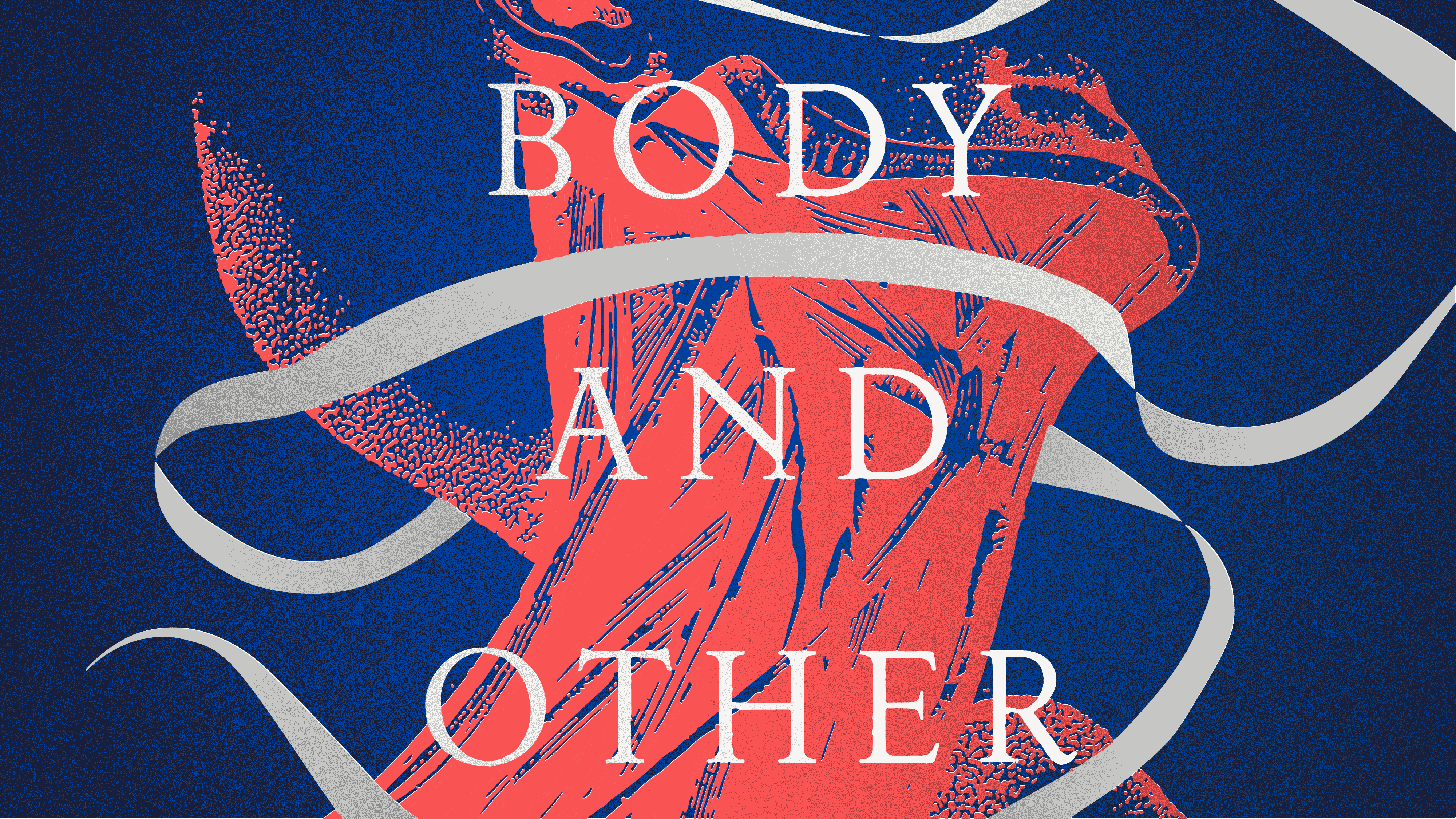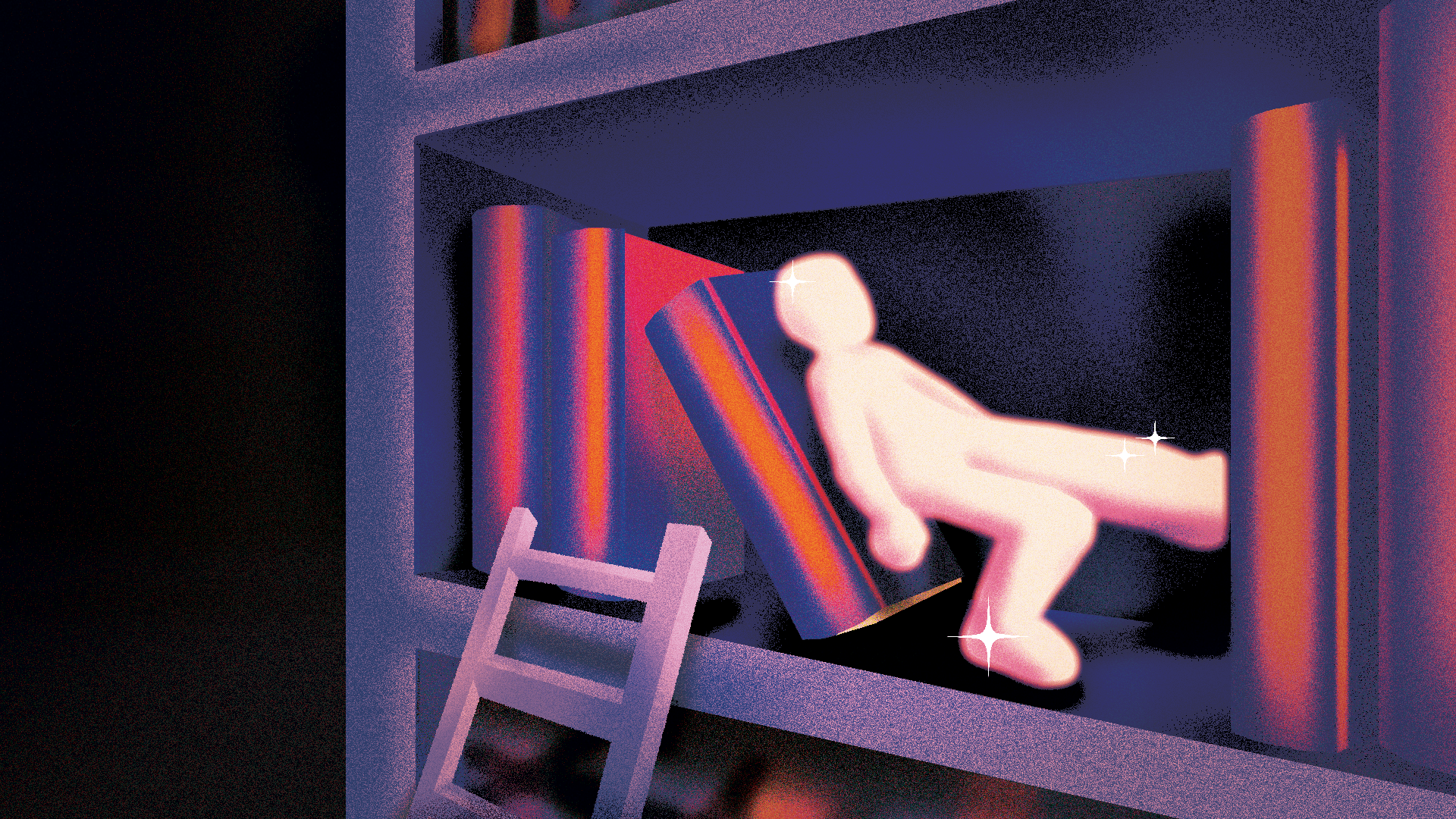
Illustration by Annie Leue.
It seems a shame that books only get reviewed when they’re hot off the presses — and it’s embarrassing how many of us own books we haven’t actually read. The Unread Shelf reviews great books right under our noses because good books don’t have expiration dates.
Book: “E.M. Forster by Lionel Trilling”
Bookstore: Bookman/Bookwoman – Nashville, TN
Year Purchased: 2012
“I find that when I now think of the novels, certain affectionate recollections [of him] intrude upon my judgment.”
So wrote Lionel Trilling, the preeminent mid-century literary critic, on his decision not to make any changes to the text to the second edition of his landmark study of E.M. Forster, aside from an expanded bibliography.
The first edition, first published in 1943, established Forster, then an obscure English novelist, as canonical to American audiences. Twenty years later, Trilling’s stock as a public intellectual had increased significantly — so much so that the author and the critic became friends. A master at articulating the conundrums of culture when filtered through consciousness, it’s fitting that Trilling was attuned to what would’ve essentially resulted in a conflict of interest:
“I think that the reader, and Mr. Forster’s art, and criticism itself, are best served by my early and impersonal opinions.”
Yet Trilling, in his admiration for Forster’s art, was never impersonal. How could he claim to be in writing a book-length survey of the novelist’s oeuvre? “The Liberal Imagination,” a collection of essays published in 1950 that made Trilling a household name, takes its title from the introduction of “E.M Forster.” Indeed, much of the enjoyment of reading E.M. Forster lies outside its function of a work of criticism and inside its function as a fan letter — from one writer to another.
Trilling wasn’t the only critic to single-handedly establish an author’s reputation; across the pond, Frank Kermode did much of the heavy lifting required to get Wallace Stevens read in England. But his motivations were more existential than aesthetic. An advocate for liberalism, he acknowledged one of its major paradoxes: Though science and reason are liberalism’s justifications, its moral compass is magnetized by emotion and idealism. It’s fitting that n+1, the magazine whose editors claim is an extension of Partisan Review (which Trilling’s criticism helped build), would have “Utopia in our Time” as their slogan. It might take awhile, but the largest difference between conservatives and liberals is the belief that perfecting society is possible.
Forster, according to Trilling, refused to use his art to peddle absolutes. He is not impressed by religion but admires its mystery; he recognizes Britain’s deep class divides but avoids caricature by treating his characters on a case-by-case basis. And even though he is dissatisfied with humanity, he doesn’t shoot for transcendence — instead opting to engage with what he has in front of him. Novel after novel, his hypotheses — which lead us to “criticize respectability” — are useful, but inconclusive. His insistence on tolerance, even after making severe judgments of the parties involved, seems less about forgiveness and more about “respect for two facts coexisting.”
To dedicate oneself to the belief that things aren’t so cut and dry seems dull at worst and a platitude at best. It’s the literary version of throwing one’s hands up. But, to Forster (according to Trilling), only when you refuse a hierarchical approach to portraying humanity are you able to truly see it. In retrospect, advocating for a sense of humanity skeptical of efficient dismissals of people seems prophetic when considered next to the horrors of the Holocaust and the anxieties of the Cold War. It also seems notable when considered from our own polarized vantage point.
Forster’s great flaw was that “he [had] no faith in what order the intellect can bring.” (Zadie Smith, the greatest living Forster disciple, has acknowledged this.) Order requires arranging things into their proper place, which typically produces a hierarchy — and hierarchy means excluding things in order to make room for what’s important. Trilling thought Forster couldn’t allow for this, saying, “exclusion pains him and the aptitude for exclusion is what he chiefly dislikes in most aspects of Christianity.”
Apparently, the dogmatism that would prove detrimental to a novel is a boon for criticism; not faith, but the belief that a specific set of principles is the best way to find meaning in a book. In this light, the fact that there are more nameable schools of criticism than of literature seems revelatory. The shadow looming over Trilling’s time, of course, was T.S. Eliot, whose book of criticism, “The Sacred Wood,” he ranks above Forster’s “Aspects of the Novel.” A Christian and a Royalist, Eliot had no qualms about calling it like he saw it.
And yet neither did Trilling, and what makes his criticism great is its pitch-perfect balance between fault-finding and enthusiasm. After all, accusing a writer of being so nice that they refuse to be exclusionary is a small complaint. When taken holistically, it comes off as charming — a friend with their arm around your shoulder while they’re relaying all of your faults to a sympathetic audience. He might’ve screwed up on a book review or two, but Howard’s End? A Passage to India? Man…
In short, he’s writing because he likes what he’s read. In a literary-political culture that often seems like bloodsport, affection is a quality we can stand to see more of.





















